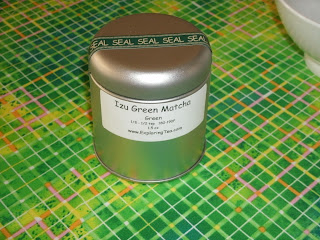Philippines

Philippines Today we head to an island country in southeast Asia. The Philippines . These islands are just east of Malaysia. The pictures of the islands are beautiful, and tropical, and after a long winter that doesn't seem to want to end, I wish I was there. In researching tea preferences of that region, I found ginger turmeric tea again. This version is a little more simple than the last version of ginger turmeric tea that I made. I decided to use my dried ginger. At some point I came along a video that said to pulverize the dried ginger with a mortar and pestle. This works a lot better for releasing the flavor of the ginger. It also smells amazing! I also used my good old coffee filter brewing method. Coffee filters are so much cheaper than the tea filter bags sold for loose leaf. This bag filled out to be really full when the ginger re-hydrated, but it didn't explode, so it all worked. I used a heaping tablespoon of Turmeric...


